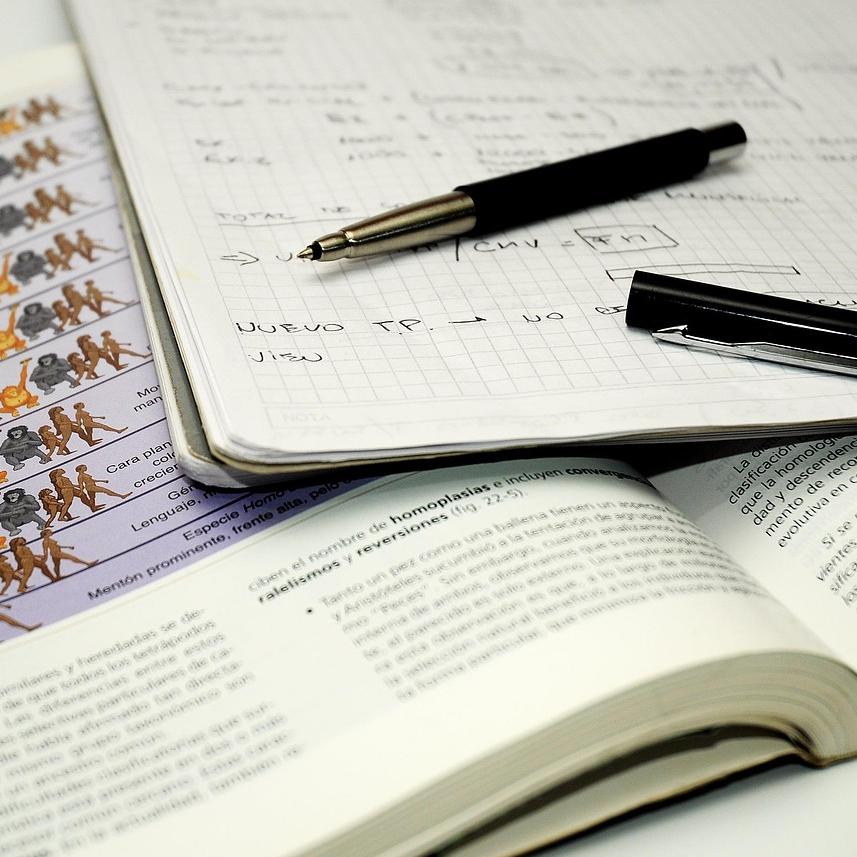How to Create an Effective Study Schedule for Exam Success
Exams can be a daunting experience for students at any level of education, whether you are in high school, college, or beyond. Crafting an effective study schedule is essential not only for efficient study sessions but also for alleviating stress and ensuring academic success. The right schedule can transform your preparation process, allowing you to maximize your time and absorb information effectively. Here's how to create an effective study schedule for exam success.
1. Understand Your Exam Schedule and Content
Before devising a study plan, take the time to understand the exam timetable and the subjects you need to cover. Note the dates of each exam and the topics included. This initial step helps you to identify how much time you have and to prioritize subjects based on their difficulty or your proficiency.
2. Assess Your Current Schedule
Evaluate your daily routine to identify the amount of time you realistically have available for studying. Consider your classes, part-time work, family responsibilities, and social activities. This will help in designing a balanced schedule that can be consistently followed.
3. Set Clear, Achievable Goals
Break down your study material into manageable segments and set specific goals for each study session. This could be in the form of chapters, topics, or practice problems. Setting clear objectives helps maintain focus and gives a sense of achievement as you complete each task.
4. Prioritize Subjects and Topics
Based on your strengths and weaknesses in specific subjects, prioritize your study time accordingly. Allocate more time to subjects or topics you find challenging, but don't neglect the ones you are already good at; regular revision is key to maintaining proficiency.
5. Create a Balanced Plan
Avoid marathon study sessions; they can be counterproductive. Instead, use the Pomodoro Technique or similar methods—study for 25-50 minutes, followed by a 5-10 minutes break. This helps in enhancing concentration and retention of information. Ensure your schedule includes time for relaxation, social activities, and adequate sleep.
6. Incorporate Different Learning Techniques
Use a variety of study methods such as summarizing notes, creating mind maps, flashcards, and engaging in group discussions. This not only makes studying more engaging but also caters to different learning styles, enhancing comprehension and memory retention.
7. Utilize Technology Wisely
Leverage technology by using apps and online tools designed to help with time management and study efficiency. Tools like Google Calendar, Todoist, or Trello can be highly effective in organizing your study schedule. However, be mindful of potential distractions that digital devices can present.
8. Review and Adjust Regularly
Periodically review your schedule to assess your progress. Are you meeting your study goals? Do some topics require more time than anticipated? Be flexible and adjust your schedule to address unforeseen challenges while maintaining your overall plan.
9. Stay Healthy
Physical health is closely linked to mental performance, so incorporate healthy habits into your routine. Regular exercise, a balanced diet, and sufficient sleep can greatly improve focus and cognitive function, essential qualities for exam preparation.
10. Stay Motivated
Set up a reward system for yourself to stay motivated. Small incentives after completing study goals can make the process enjoyable and enhance productivity. It could be as simple as a treat, watching an episode of a favorite series, or a short stroll outside.
Conclusion
A well-crafted study schedule is crucial for not only improving academic performance but also for maintaining mental and physical health during exam periods. By understanding your exam requirements, setting realistic goals, and regularly reviewing your progress, you can create a personalized study schedule that sets the foundation for exam success. Remember, consistency is key, and with the right approach, you can navigate the exam season with confidence and ease.






















